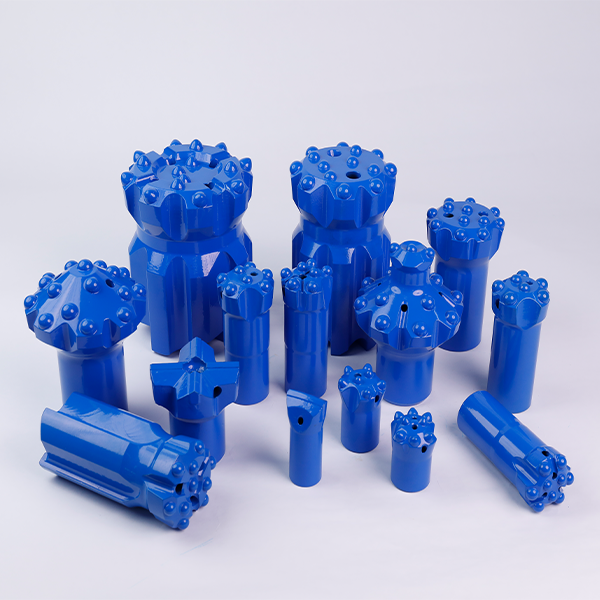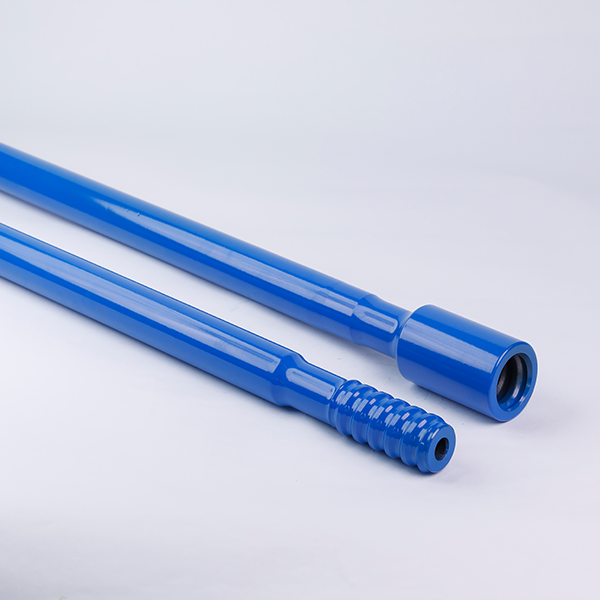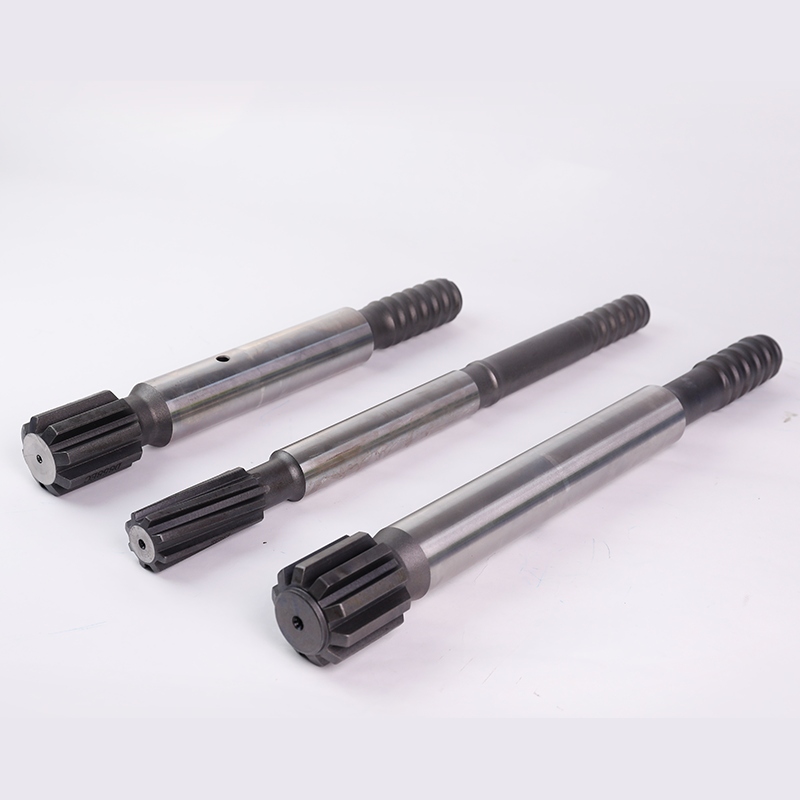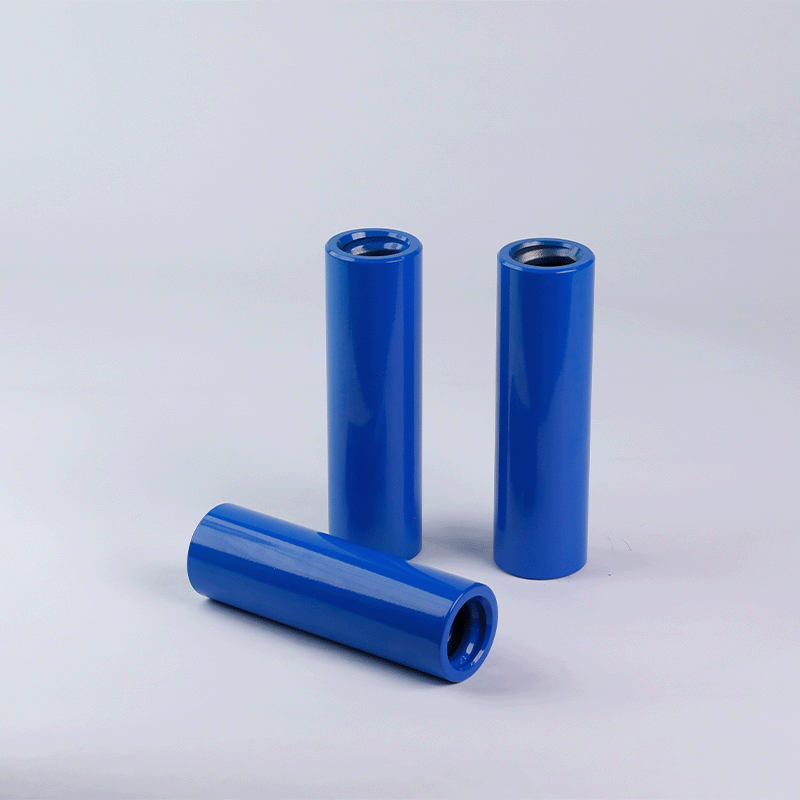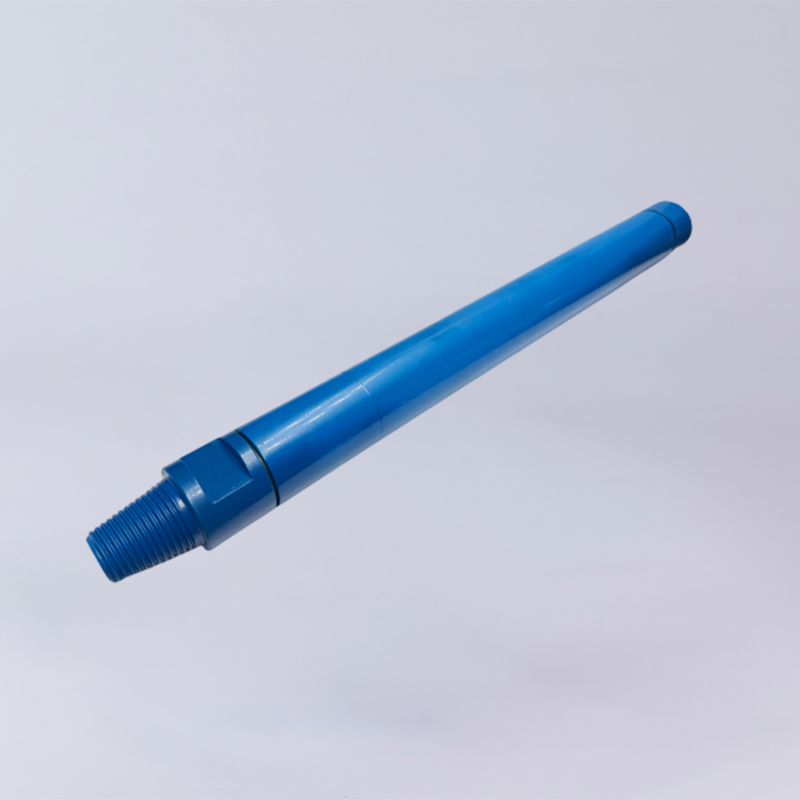Rock drill bits are one of the most important tools used for rock drilling and are widely used in many fields, such as mining, tunnel penetration, and municipal facilities. There are many types, and different scenarios require different specifications of rock drill bits. Among them, the diameter of the rock drill bit is directly related to the efficiency and quality of rock drilling. Therefore, when selecting a rock drill bit, it is necessary to reasonably determine its diameter to ensure rock drilling speed and mining cost.
In rock drilling engineering construction, the correct selection of the size of rock drill bits is a core factor determining the project outcome. This crucial parameter not only directly affects the penetration rate and torque requirements during the rock drilling process, but also is closely related to the quality, and stability of the boreholes and the service life of the drilling tools. Ultimately, it determines the construction quality in different scenarios such as blast holes, anchoring projects, and core sampling.
To determine the diameter appropriately, it is necessary to consider the factors that influence rock drill bits.
Factors Affecting the Diameter of Rock Drill Bits
Common influencing factors include the geological conditions during rock drilling, the strength of the rock drill bit, and the geometric parameters of the rock drill bit. Specifically, it involves the following three steps.
The geological conditions during rock drilling
First, the geological conditions of rock drilling need to be considered. Generally, there are two situations: rock formations with high hardness and those with low hardness.
When dealing with rock formations of high hardness, a rock drill bit with a larger diameter should be selected. This is because hard rocks have high compressive strength and are difficult to break. A larger diameter can increase the contact area with the rock, forming a more even load distribution under the pressure of the drilling rig and avoiding premature wear of the rock drill bit caused by localized stress concentration. At the same time, the larger diameter of the rock drill bit has a wider slag-discharge channel, which can quickly remove the crushed rock debris, reduce the energy consumption of repeated crushing, and significantly improve the drilling speed in hard-rock environments.
When facing rock formations with low hardness, using a small diameter of the rock drill bit has more advantages. Since such rock formations have low compressive strength, a small diameter of the rock drill bit can achieve precise penetration and avoid drilling deviation or hole diameter expansion caused by an overly large contact area of the rock drill bit. Moreover, a smaller rock drill bit is lighter in weight, resulting in a smaller moment of inertia when the drilling rig rotates. This makes it easier for the operator to adjust the drilling angle in real-time and precisely control the drilling depth and direction. In addition, the small diameter of the rock drill bit generates lower vibration and noise in soft rocks, which can reduce the disturbance to the surrounding rock structure and ensure engineering safety.
The strength of the rock drill bit
Secondly, the strength and durability of the rock drill bit also need to be considered.
When the diameter of the rock drill bit is too large, although the single-pass rock-drilling volume is large, the structural strength of the rock drill bit itself may not be able to withstand large impact forces and torques, and it is prone to wear deformation, or even fracture during use.
When the diameter of the rock drill bit is too small, the stress on it is overly concentrated. Even if the material is hard, it may quickly fracture due to insufficient impact resistance when encountering hard rocks or complex geological conditions.
Therefore, when determining the diameter of the rock drill bit, the material and design of the rock drill bit must be comprehensively considered to ensure its strength and durability.
The geometric parameters of the rock drill bit
Thirdly, attention should be paid to the influence of the geometric parameters of the rock drill bit on its diameter, which have an important impact on the performance and service life of the rock drill bit.
A reasonable geometric parameter design can improve the stability of the rock drill bit. When the rock drill bit is drilling in rock formations, stable operation helps to reduce additional wear caused by vibration and swinging. Therefore, the impact of the geometric parameters of the rock drill bit on its wear resistance should be fully considered during the design process. This can ensure that the rock drill bit maintains good performance under complex working conditions, improves engineering efficiency, and reduces construction costs.
Four indicators to determine the diameter of the rock drill bit
When determining the diameter of a rock drill bit, the following four indicators can be referenced:
The minimum final diameter required for drilling powder discharge
The final diameter of the rock drill bit must meet the basic condition for the smooth discharge of rock cuttings. If the diameter is too small, the narrow powder discharge channel is prone to blockage by rock debris, which will intensify rock drill bit wear and reduce drilling efficiency; conversely, an excessively large diameter will increase unnecessary rock-breaking energy consumption.
The minimum final diameter required by the blasting charge
The drill hole must allow sufficient space for the blasting charge to ensure proper placement and effective blasting. An insufficient diameter will restrict charge installation and affect the blasting effect; an excessively large diameter may increase drilling workload and explosive consumption.
Considerations for wear in initial diameter design
During use, the rock drill bit will gradually reduce in diameter due to radial wear, so the initial diameter must allow for wear tolerance. If designed directly to the minimum final diameter, the service life of the rock drill bit will be significantly shortened. A reasonable initial diameter should be determined based on the requirements for powder discharge and charge installation, combined with the expected wear amount, to ensure that functional requirements are still met after multiple resharpening operations.
Rock drill bit diameter compatible with impact energy
Different drill hole diameters and different types of rock drill bits should take different impact energy to ensure that the impact energy per unit edge length of the rock drill bit is the optimal value.
Rock drill bit diameter is one of the main factors affecting rock drilling speed. Reducing the diameter of the rock drill bit within a range is conducive to improving the chisel speed and blasting effect and reducing the cost of steel and cemented carbide. To ensure that the rock drill bit has a longer service life and improve the utilization rate of the carbide button, it is necessary to increase the grinding times of the rock drill bit, and the diameter of the rock drill bit should not be too small; to ensure that each part of the rock drill bit does not fail early, the diameter of the rock drill bit must be It is compatible with the impact energy of the rock drilling machine. In addition, it is necessary to ensure that the skirt body wall has a thickness for the tapered bit. To make the rock powder discharge smoothly, the difference between the size and the end of the rock drill bit must be higher than the value, so the diameter of the rock drill bit should not be too small.
What issues should be avoided when choosing the diameter of a rock drill bit?
The following key mistakes need to be avoided to ensure the effectiveness of construction:
- gnoring the compatibility of the drilling rig: Blindly choosing an overly large size without checking parameters such as the torque and power of the drilling rig can easily lead to a sharp drop in efficiency and even malfunctions.
- Disregarding ground changes: Neglecting the mechanical properties of mixed strata may cause problems such as wear and tear of the drilling tools.
- Inadequate assessment: Electing the size solely based on production goals without evaluating the upper limits of the drilling rig's torque and pressure capacity can result in safety hazards due to a mismatch in power.
Only by avoiding the above-mentioned misunderstandings can we ensure an accurate match between the performance of the rock drill bit and the requirements of the equipment, strata, and construction process, achieving efficient drilling.
Conclusion
In summary, the selection of rock drill bit diameter is constrained by multiple factors. A reasonable diameter must consider the minimum final diameters required for powder discharge and blasting charge while matching the impact energy compatibility of the rock drill bit with the rock drilling rig. It should also balance the efficiency and cost advantages brought by reducing the diameter, ultimately achieving an overall equilibrium among drilling speed, blasting effect, material utilization, and equipment life. Only by taking consideration can the efficiency and quality of rock drilling be improved, losses and waste reduced, and greater value brought to engineering projects.

